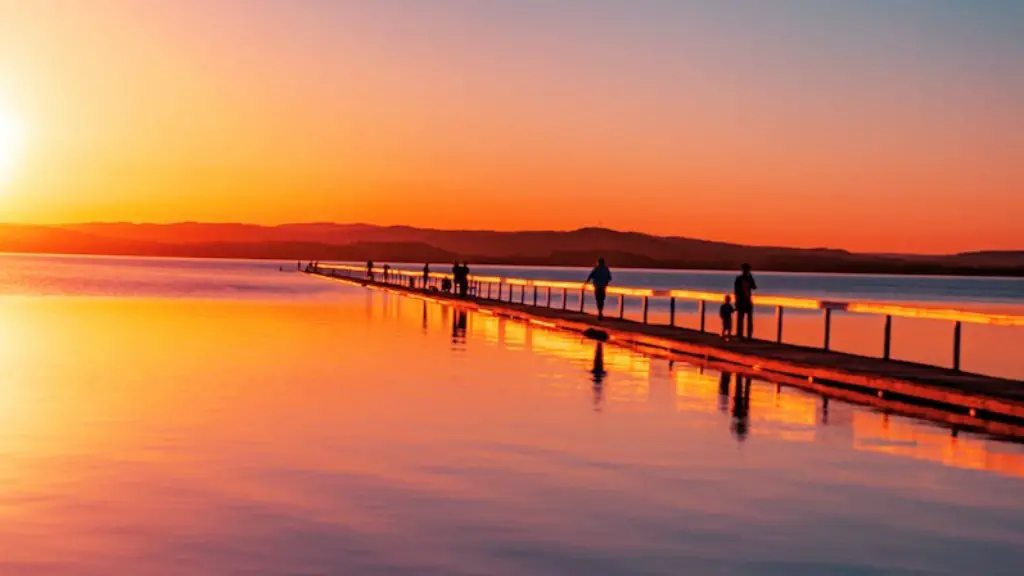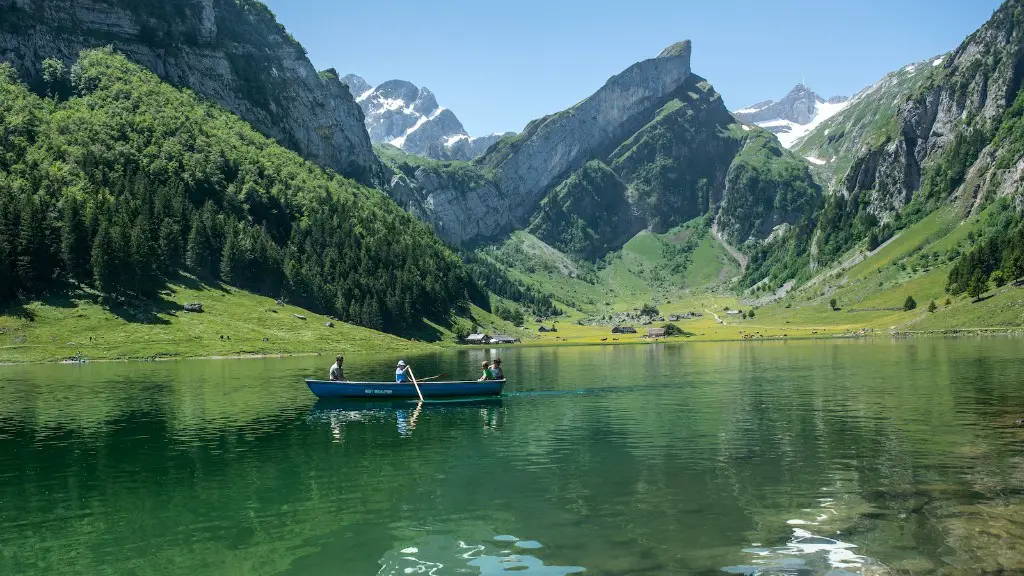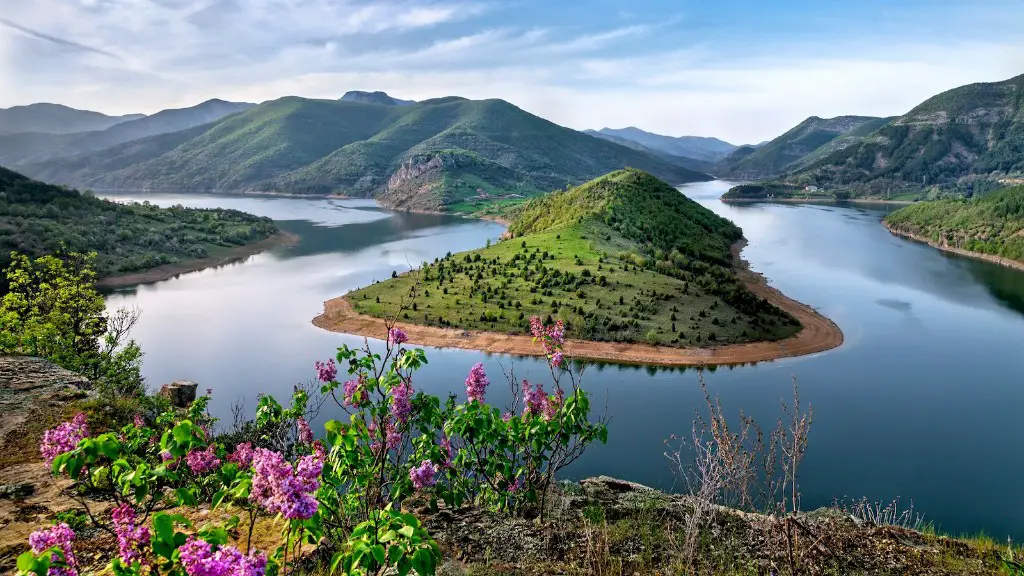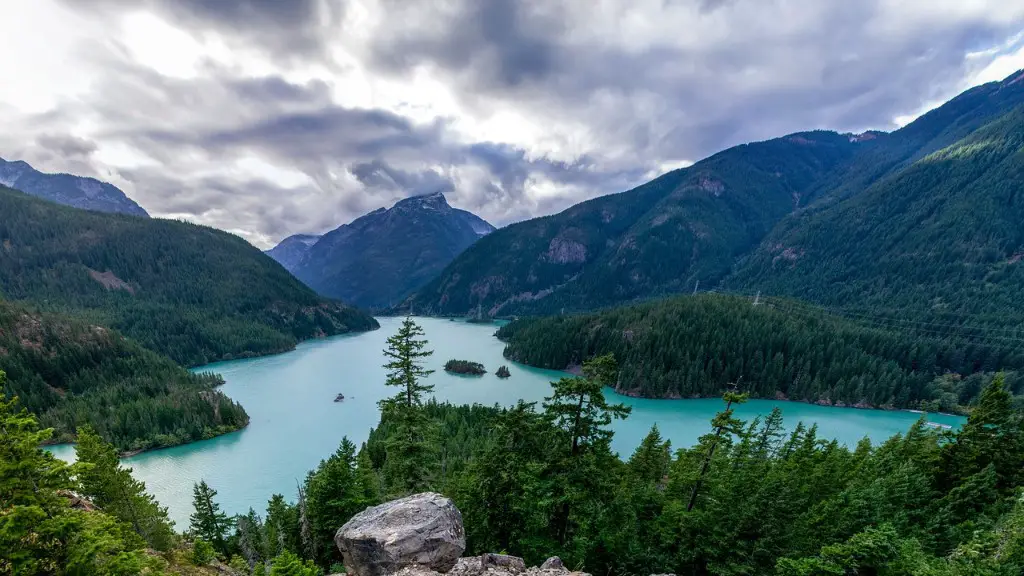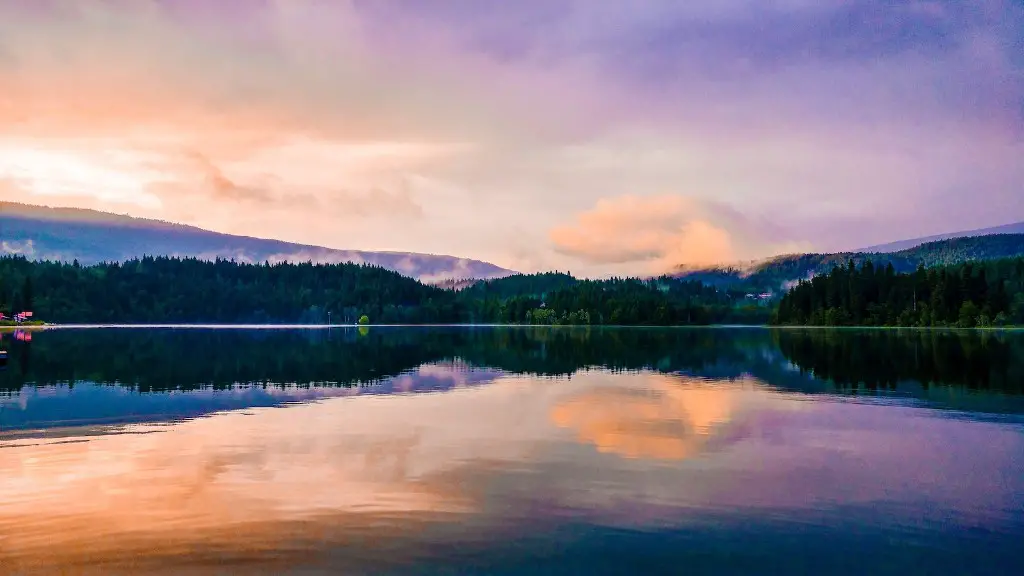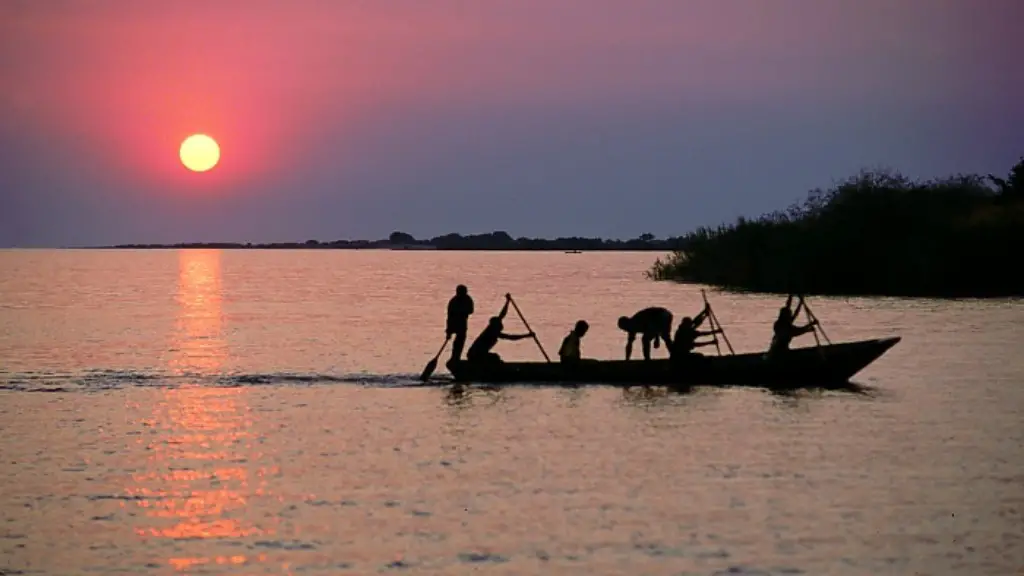Lake Victoria is the largest lake in Africa, bordered by Tanzania, Uganda, and Kenya. It is the source of the White Nile, which is one of Africa’s most important rivers. This freshwater lake has an area of about 59,000 square kilometers. The surface area is shared by the three countries, and it is the world’s second-largest tropical lake.
The lake is famous for its immense diversity, hosting more than 500 species of fish. cichlids are the dominant species in the lake, accounting for 90% to 95% of its fish population. The lake also supports a wide variety of ecosystems and habitats, including tropical and subtropical evergreen forests, thicket, grassland, and wetland. There are more than 25 species of water birds that reside in or migrate to the lake seasonally.
Lake Victoria’s water level changes significantly over the course of the year due to the seasonal monsoons. During the dry season, the lake recedes and exposes huge areas of lake shore. The lake’s water level is often affected by human development, as water is diverted for irrigation, hydropower and other uses. Human activities have caused a reduction in fish and other wildlife populations, as well as water pollution. In addition, the surrounding areas are experiencing human population growth, which adds further stress to the lake’s resources.
Due to its size and importance, Lake Victoria has increasingly become a focus of attention to the scientific community and governments of the countries that share it. There are multiple organizations and initiatives that are dedicated to the protection and conservation of the lake. Two of these initiatives are the Lake Victoria Environmental Management Project and the Global Environment Facility. These initiatives are funded by the world Bank and other organizations, and aim to improve the health of the lake and its surrounding areas.
The Lake Victoria Basin Commission works to promote regional cooperation and harmonious utilization of the lake’s resources. This commission was established in 2003 and brings together Kenya, Tanzania and Uganda. In 2006, the commission developed and approved a Lake Victoria basin management plan, outlining shared strategies and efforts to reduce the impact of human activities on the lake. Such initiatives, along with improved scientific research and local education, are the key to protecting, conserving and restoring Lake Victoria.
What Are The Unique Features Of Lake Victoria?
Lake Victoria has some unique features that make it one of the most biodiverse bodies of water in the world. One of the most stunning features of the lake are its islands, which form an archipelago with over 80 named islands. The lake’s shoreline contains a wealth of unique vegetation, including papyrus swamps and tropical rainforest. Furthermore, the lake provides habitat for valuable wetlands, including the Ugandan Shoebill, which is one of the rarest birds in Africa. Regarding fish, Lake Victoria has over 500 species, 200 of which are endemic. As a result, the lake is considered one of the most important freshwater fish resources in the world.
Lake Victoria has been a valuable source of protein for locals for centuries, but it also has other economic benefits. Fishing is a major industry in the basin, providing the primary source of income for thousands of rural households. In addition, the lake serves as a major source of hydropower, and tourism is becoming increasingly important.
Which Countries Does Lake Victoria Span?
As the largest lake in Africa, Lake Victoria spans across three countries: Tanzania, Uganda, and Kenya. It is the primary source of the White Nile River, which flows from the lake in northern Tanzania and Uganda and winds through Sudan to Egypt. Burundi and Rwanda also border the lake’s watershed.
The lake is also known as an international lake, which means it is shared by multiple countries. It has been a shared body of water since colonial times, when some of the countries surrounding the lake were still under British rule. Today, the countries share the responsibility of managing the lake, as well as its resources.
What Are The Major Issues Facing Lake Victoria?
Lake Victoria is facing a number of environmental issues, including water pollution, overfishing, and deforestation. These issues are compounded by climate change, which is inflicting further strain on the lake’s resources.
One of the most severe problems facing the lake is water pollution, which is caused by fertilizers, pesticides and contaminants from industry, sewage, and runoff from farmlands. This pollution leads to algal blooms, which decrease water clarity, decrease water oxygen levels, and cause oxygen depletion on the lake’s bottom, which can lead to fish kills.
Overfishing is also a major problem, as fishing fleets from neighboring countries compete for the abundant resources of the lake. This competition has led to overfishing, resulting in decreased fish stocks and biodiversity. At present, the fishing industry is the largest user of the lake’s resources and the driving force behind its decline.
What Are The Challenges To Conservation?
The government of the countries that share Lake Victoria have adapted several management plans to protect the lake and its resources, however, there are currently no laws governing fishing and water pollution. This lack of governance is a major challenge to the conservation of the lake, and the lack of enforcement renders the management plans ineffective.
The lake is also facing challenges from climate change. Global warming is having an impact on the lake’s ecosystems and habitats, leading to changes in water levels, water temperature, and water quality. In addition, increasing temperatures are also resulting in more frequent and intense drought. All of these factors complicate the conservation of the lake’s resources and put the livelihoods of thousands of people in jeopardy.
What Are The Solutions?
Addressing the issues facing Lake Victoria requires a multi-faceted approach. Improved legal and policy frameworks, regional cooperation, and improved monitoring are needed in order to effectively manage the lake. At the same time, local stakeholders need to be involved in decision-making regarding the lake’s resources, in order to ensure that their needs and interests are taken into account.
In addition, technological solutions are needed to address the issue of overfishing. Improved boats, nets, and fishing lines, as well as better fishing practices, can all help to reduce the over exploitation of the lake’s resources and help to sustainably manage the fishing industry’s activities.
Finally, initiatives dedicated to education and awareness-raising are needed in order to address the underlying issues and ensure that the lake and its resources are used in sustainable, equitable and responsible ways. Education and awareness efforts should also target local households and communities surrounding the lake, in order to promote sustainable and responsible resource use.
What Is The Role Of Science & Technology?
Modern science and technology has a significant role to play in the conservation of Lake Victoria. Technology can be used to monitor water quality, detect water contamination, and track pollution sources. This technology can also be used to notify stakeholders of changes to the lake’s resource base, which can enable them to respond to changes quickly and efficiently.
In addition, satellite imaging can be used to detect illegal fishing activities, monitor water levels, and provide important insights into the lake’s ecosystems and habitats. By monitoring the lake in this way, it is possible to make informed decisions regarding the conservation and management of the lake’s resources.
Furthermore, the use of sophisticated analytical tools can be used to better understand the lake’s physical processes and understand the impact of human activities. This knowledge can then be used to inform policy and management decisions with more accuracy.
What Is The Role Of Research?
Research plays an essential role in the conservation and management of Lake Victoria’s resources. Research from multiple disciplines can be used to gain insights into the lake’s ecosystems, habitats and resources, and to generate evidence-based information that can be used to inform policy decisions.
In addition, research can also be used to develop models and simulations that can be used to predict the effects of proposed policy changes. Such simulations can provide valuable insights into the potential impact of management decisions on the lake’s ecosystems and species.
Finally, research can be used to study the impact of human activities on the lake, such as the effects of pollution and overfishing, and can be used to develop strategies for mitigating these impacts. Effective strategies can then be used to protect the lake’s resources and ensure the continued health of the lake.
What Is The Role Of Local Communities?
Local communities play a vital role in the conservation of Lake Victoria’s resources. These communities depend on the lake’s resources for their livelihoods, and are the stakeholders that are most affected by changes to the lake’s ecosystems and habitats. As such, it is important to involve these communities in decision-making regarding the lake.
By engaging with local stakeholders, it is possible to develop sustainable management strategies that take into account the needs of the local communities. Furthermore, local stakeholders can provide important information regarding the lake and its resources, which can be used to inform management decisions.
Community-based initiatives, such as Genese, can also be hugely beneficial. This initiative involves local stakeholders in the management of the lake and its resources, and involves them in decision making. Such initiatives are important for empowering local stakeholders and enabling them to take ownership of their own resources.
